Have you ever wondered how space exploration impacts you?
“Spinoffs” are products and services developed from NASA technology or improved
through NASA partnerships. These innovations—first created to help explore space
and study Earth—are responsible for billions of dollars in both revenue and
saved costs, tens of thousands of jobs created, and for changing the world
around us.
Our NASA
Home & City interactive web platform allows you to explore some
of the spinoff technologies you can find in your everyday life, demonstrating
the wider benefits of America’s investments in its space program.
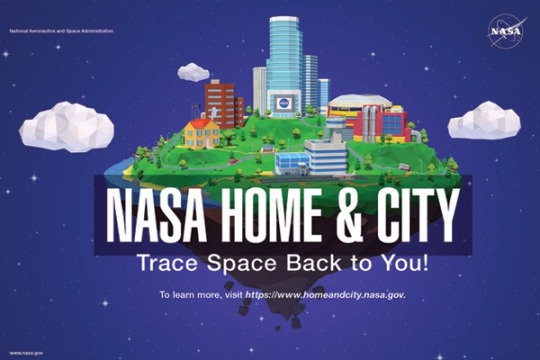
Here are the seven most unexpected items you can find in your homes
and cities which were “spun off” from technologies to enable the study and
exploration of space.
1.
Wireless
Headsets
“That’s one small step for man, one
giant leap for mankind.”
On July 20, 1969, millions were glued to their television sets when NASA
astronaut Neil Armstrong offered these famous words via live broadcast, upon
becoming the first man to ever step foot on the Moon. This historic
transmission was delivered from Armstrong’s headset to the headsets of Mission
Control personnel at NASA, and then on to the world.
Improved by the technology that
carried Neil Armstrong’s words, more compact and comfortable headsets were
developed for airline pilots in the 1960s and ‘70s. Today those advancements
continue to evolve in all forms of communications and telephone equipment. Mobile
headsets provide greater efficiency and flexibility for everyone
from professionals to video gamers.
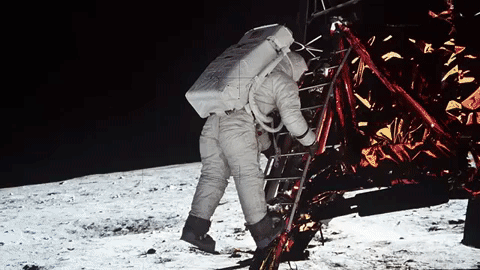
2. Water Quality
Monitoring
On the International Space Station
very little goes to waste. This includes water, which is recovered from every
possible source, cleaned and recycled.
Following our development of a
simplified bacteria test for water quality on the space station, one engineer
created a foundation to distribute test kits suitable for use in rural
communities around the world. Water contamination is still a major problem in
many places, and the test helps local communities and governments obtain and
share water quality data using a smartphone app.
3. Skin Cream
We know that on Earth, gravity is a constant. For astronauts in
orbit, however, it’s a different story—and according to a
scientist at NASA’s Johnson Space Center, studying what happens to
bodies in microgravity “can lead to significant new discoveries in human
biology for the benefit of humankind.”
As our researchers experimented with
replicating microgravity conditions in the lab, they invented a bioreactor that
could help simulate conditions that human cells experience in a space-like
environment. This allowed them to perform tissue-growth experiments on the
ground and in space, and eventually, to consider the question of how to protect
human cells from the toxic effects of long-duration space missions.
Now, thanks to this NASA-patented
bioreactor, one company uses agents from human cells that produce collagen to
enrich its skin cream
products. Lab tests have shown the rejuvenating cream to increase skin moisture
content by 76 percent and reduce darkness and wrinkles by more than 50 percent.
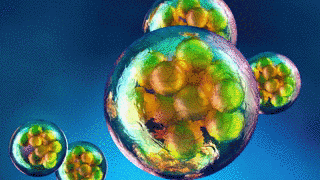
4. Acoustic
Guitars
From its start, NASA has innovated in all
branches of aeronautics, which has led to numerous advances in helicopters,
including ways to limit vibrations as they fly and advanced composites to build
tougher, safer vehicles.
An industrious helicopter manufacturer that
built up its expertise with NASA contracts later used the same special
vibration analysis equipment to enhance the sound of acoustic
guitars. The company also built the body out of a fiberglass
composite used for rotor blades. The resulting instruments are stronger and
less expensive to produce than those of traditional rosewood and produce a
rich, full sound.

5. Tiny
[Mobile] Homes
While the International Space Station is the
largest spacecraft ever flown—it’s about the size of a football field—living
and working space for astronauts is still at a premium. NASA created a studio
called the Habitability Design Center to experiment with the interior design of
spacecraft to maximize usable space and make scientific research as efficient
and effective as possible.
An architect who helped NASA design the
interior of the International Space Station launched a company specializing in compact
trailers for camping and exploration. Suitable for a full hookup
campsite or going completely off-grid, the company’s flagship trailer can
accommodate two adults and two children for sleeping and can be customized with
a range of features including a shower, refrigerator, toilet, and more. And it
all fits into a unit light enough to be towed by a four-cylinder car.
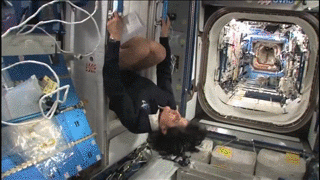
6. Blue Light
Blocking Ski Goggles
Skiers and snowboarders face extremely bright sunlight, especially
when it’s reflected off the white snow. That can make it hard to see, and not
just because of glare. The blue in sunlight makes it more difficult to discern
colors at the edge of the visible light spectrum, like reds. A NASA-designed
filter used in snow goggles helps block up to 95 percent of blue
light, making it easier for people on the slopes to see the terrain clearly.
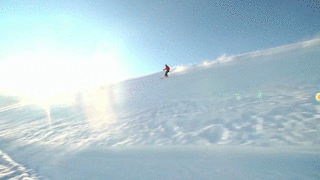
7. Implants
for the Hearing Impaired
Hearing aids, which make sound louder,
can only do so much for those who were born or have become deaf. Cochlear
implants work in a completely different way, converting sound into
digital signals that can be processed by the brain. And the technology
traces back in part to a NASA space shuttle engineer who used skills in
electronics instrumentation and his own experiences with hearing loss to
develop an early version of the life-changing device.

These
are just a few examples of thousands of NASA Spinoff
and dual-purpose technologies benefiting the world around us.
Trace space back to you and
visit NASA Home and City today!
Make sure to follow us on Tumblr for your regular dose of space: http://nasa.tumblr.com.


Комментариев нет:
Отправить комментарий